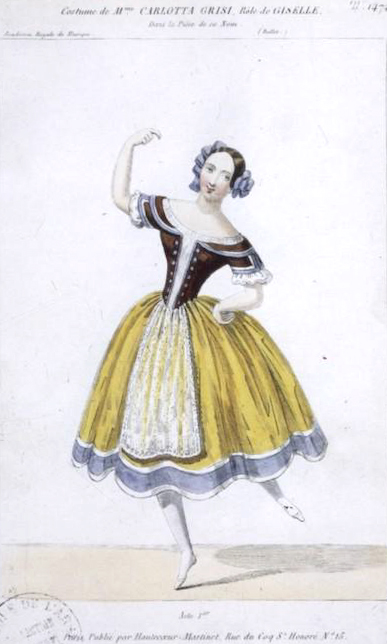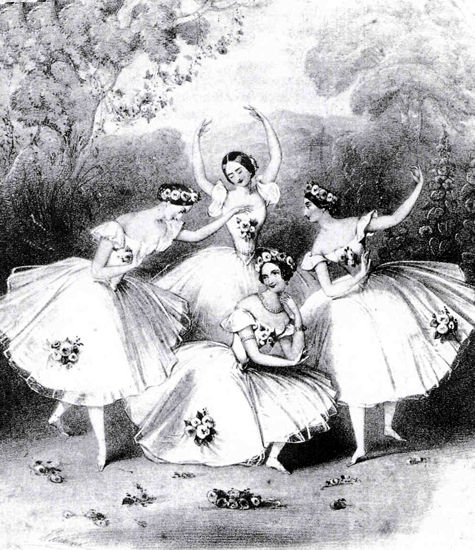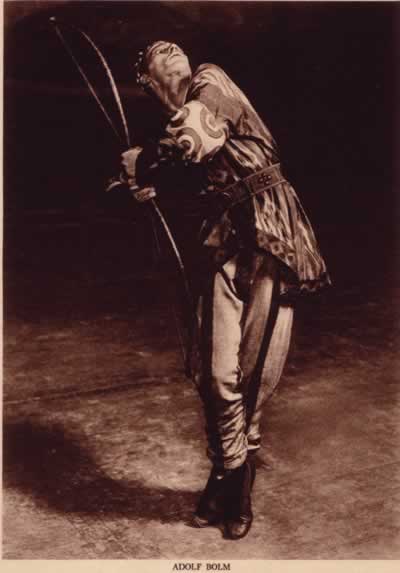 Tatiana Riabouchinska was born in Moscow on May 23, 1917. She studdied with Alexander Volinine and Mathilda Kschessinska. Tatiana made her debut in Paris with the Chauve-Souris revue in 1932. Tatiana was the one of the three “Baby Ballerinas”. She was only 15 when she joined the Ballets Russes de Monte Carlo, at the request of George Balanchine. She was known for her speed, her light, delicate style, her musicality, and her sensitive interpretation of roles.
Tatiana Riabouchinska was born in Moscow on May 23, 1917. She studdied with Alexander Volinine and Mathilda Kschessinska. Tatiana made her debut in Paris with the Chauve-Souris revue in 1932. Tatiana was the one of the three “Baby Ballerinas”. She was only 15 when she joined the Ballets Russes de Monte Carlo, at the request of George Balanchine. She was known for her speed, her light, delicate style, her musicality, and her sensitive interpretation of roles.Tatiana stayed with the Ballet Russe de Monte Carlo until 1942. Afterwards she would go on to guest with Ballet Theatre, now ABT, the Original Ballet Russe, Ballet des Champs-Elysées, and the London Festival Ballet.
 Tatiana created the role of the Florentine Beauty in Paganni, which some consider to be her finest work, due to a nearly impossible set of whirling pirouettes that she executed before collapsing at the feet of Paganini. Dance critic Arnold Haskell called her performance, “among the most moving I have seen on the ballet stage.” Tatiana was also the Junior Girl in Graduation Ball, title roles in Coq d'Or and Cinderella. Tatiana married fellow dancer and choreographer David Lichine. She passed away in 2000, just after teaching a ballet class.
Tatiana created the role of the Florentine Beauty in Paganni, which some consider to be her finest work, due to a nearly impossible set of whirling pirouettes that she executed before collapsing at the feet of Paganini. Dance critic Arnold Haskell called her performance, “among the most moving I have seen on the ballet stage.” Tatiana was also the Junior Girl in Graduation Ball, title roles in Coq d'Or and Cinderella. Tatiana married fellow dancer and choreographer David Lichine. She passed away in 2000, just after teaching a ballet class.








